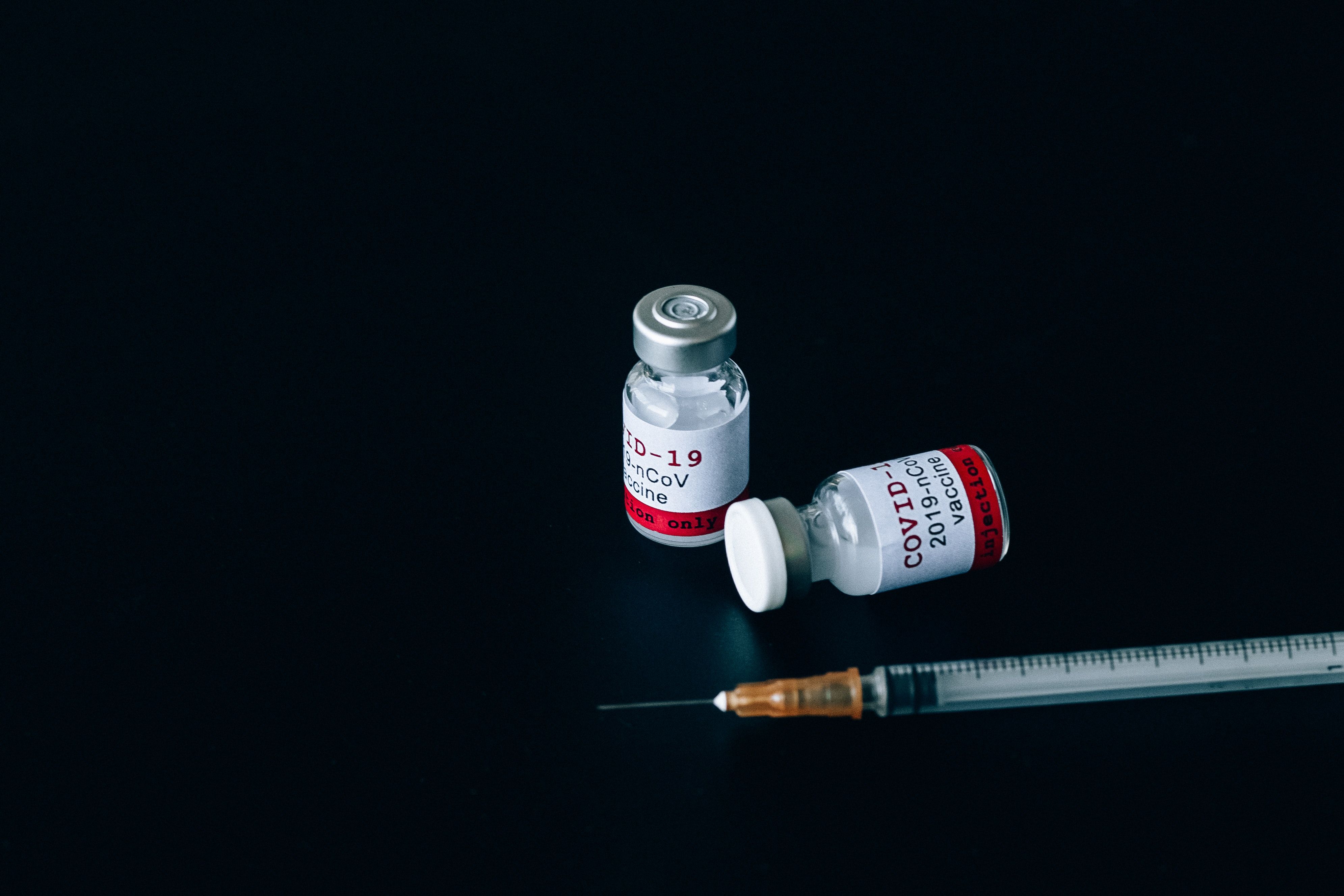New data released this week shows a self-amplifying mRNA (sa-mRNA) COVID-19 vaccine, ARCT-154, had an extended immune response after 3 and 6 month post-booster dose of the vaccine vs an mRNA vaccine. The study which follows previously published data in The Lancet Infectious Diseases, demonstrated non-inferiority to the wild original, Wuhan strain, and superior immunogenicity to Omicron BA.4/5 variant compared to the first-generation mRNA vaccine booster, BNT162b2 (Comirnaty, Pfizer/BioNTech).1
“Because neutralizing antibodies have been shown to be the main indicator of protective immunity,these results suggest a longer duration of protection by the saRNA vaccine,” the investigators wrote.2
For this study, participants included Japanese adults who had been primed with 2 doses of mRNA vaccine and a booster dose of BNT162b2 at least 3 months earlier, and were randomly assigned equally to receive a second booster of either ARCT-154 (n=420) or BNT162b2 (n=408). This double-blind, active-controlled study, was conducted at 11 sites in that country and were assessed the immunogenicity of ARCT-154 and BNT162b2 at 1, 3- and 6-months post-booster.2
Participants who displayed seropositivity for SARS-CoV-2 N-protein on Days 1, 29, 91 or 181 were considered indicative of recent COVID-19 infection and therefore, were progressively excluded from the analysis, leaving 332 and 313 participants in ARCT-154 and BNT162b2 groups, respectively, eligible for inclusion at the six-month immunogenicity evaluation.1
At baseline, participants in both groups had similar geometric mean titers (GMTs) surrogate virus neutralizing antibodies against Wuhan-Hu-1 strain (GMT ratio was 0.94 (95% CI 0.78-1.13)). One-month post-booster, the ARCT-154 group displayed a higher immune response with GMT of 5390 (95% CI 4899-5931, n = 378) compared to BNT162b2 group with GMT of 3738 (95% CI 3442-4060, n = 367), and a GMT ratio of 1.44 (95% CI 1.27–1.64).1
According to the investigators, at 3 months post-booster GMTs were 5928 (95% CI 5414–6491, n = 369) and 2899 (2648–3175, n = 356), with a higher GMT ratio of 2•04 (1•80–2•32). Day 91 titers were equal to or greater than Day 29 titers in 205 of 369 (55•6% [95% CI 50•3–60•7]) ARCT-154 recipients, but in only 108 of 356 (30•3% [25•6–35•4]) BNT162b2 recipients. Due to different rates of antibody waning, by Day 181 GMTs were 4119 (95% CI 3723–4557, n = 332) and 1861 (1667–2078, n= 313) in ARCT-154 and BNT162b2 groups, respectively, maintaining a GMT ratio of 2•21 (1•91–2•57) between vaccine groups. GMTs against Wuhan-Hu-1 remained numerically higher 180 days after ARCT-154 than those observed 28 days after the BNT162b2 booster.1
The same pattern of superior immunogenicity and slower decline in Omicron BA4/5 neutralizing antibodies was observed: GMTs were comparable at baseline (GMT ratio of 0.94 (95% CI 0.71-1.26), and increased to 2125 (95% CI 1841–2453) vs. 1624 (1418–1858) at Day 29 after ARCT-154 and BNT162b2, then waned to 1892 (1646–2175) and 888 (764–1031), respectively, at Day 91. Between Days 29 and 91 titers were stable or increased in 128 of 369 (34•7% [95% CI 29•8–39•8]) ARCT-154 recipients, compared with 36 of 356 (10.1% [7•2–13•7]) in the BNT162b2 group. The difference in neutralizing activity against Omicron BA4/5 was maintained to Day 181 when GMTs were 1119 (95% CI 960–1305) and 495 (413–595), with a GMT ratio of 2•26 (1•78–2•86) in favor of ARCT-154.1
What You Need to Know
The study indicates that the self-amplifying mRNA (sa-mRNA) COVID-19 vaccine, ARCT-154, showed an extended immune response at 3 and 6 months post-booster dose compared to a standard mRNA vaccine.
ARCT-154 demonstrated non-inferiority to the original Wuhan strain and superior immunogenicity to the Omicron BA.4/5 variant compared to the first-generation mRNA vaccine booster, BNT162b2.
The sa-mRNA vaccine platform differs from traditional mRNA vaccines by instructing the body to make more mRNA and protein to boost the immune response.
A Different Vaccine Platform
The platforms of mRNA and sa-mRNA vaccines differ in what the technology requests upon entering the body. The latter instruct the body to make more mRNA and protein to boost the immune response. The former mRNA vaccines help protect against infectious diseases by providing a blueprint for cells in the body to make a protein to help our immune systems recognize and fight the disease.1Arcturus Therapeutics is in an exclusive partnership with CSL Seqirus, CSL’s vaccine subsidiary, and is manufacturing the ARCT-154 vaccine.3
Back in November, Japan's Ministry of Health, Labor and Welfare (MHLW) granted approval for ARCT-154 for initial vaccination and booster for adults 18 years and older.
“Today's approval marks a historic and exciting milestone as the first sa-mRNA vaccine in the world to be registered, and supports CSL's promise to protect global public health," Jonathan Edelman, MD, senior vice president, Vaccines Innovation Unit, CSL, said in a statement after the approval. "We are committed to working with health authorities around the world to ensure this important vaccine technology will be available to people at risk for COVID-19." 3
The approval was based on positive clinical data from several studies, which included a 16,000 subject efficacy study performed in Vietnam as well as from a booster trial.3
"This data, coupled with the initial phase 3 results and approval in Japan late last year, show that this innovative vaccine technology has the potential to provide significant advancements over conventional mRNA vaccines including prolonged protection at lower doses," Arcturus Therapeutics Chief Scientific Officer Pad Chivukula, PhD, said in a statement.1
References
1. New COVID-19 sa-mRNA Results from CSL and Arcturus Therapeutics Demonstrate Longer Duration of Immunity Compared to Conventional COVID-19 mRNA Vaccine Booster. CSL Press release. February 5, 2024. Accessed February 8, 2024.
2. Oda Y, Kumagai Y, Kanai M, et al. Persistence of immune responses of a self-amplifying RNA COVID-19 vaccine (ARCT-154) versus BNT162b2. Lancet Infect Dis. Published online February 1, 2024. doi:10.1016/S1473-3099(24)00060-4.
3. Parkinson J. First Self-Amplifying mRNA COVID-19 Vaccine Approved in Japan. ContagionLive.

